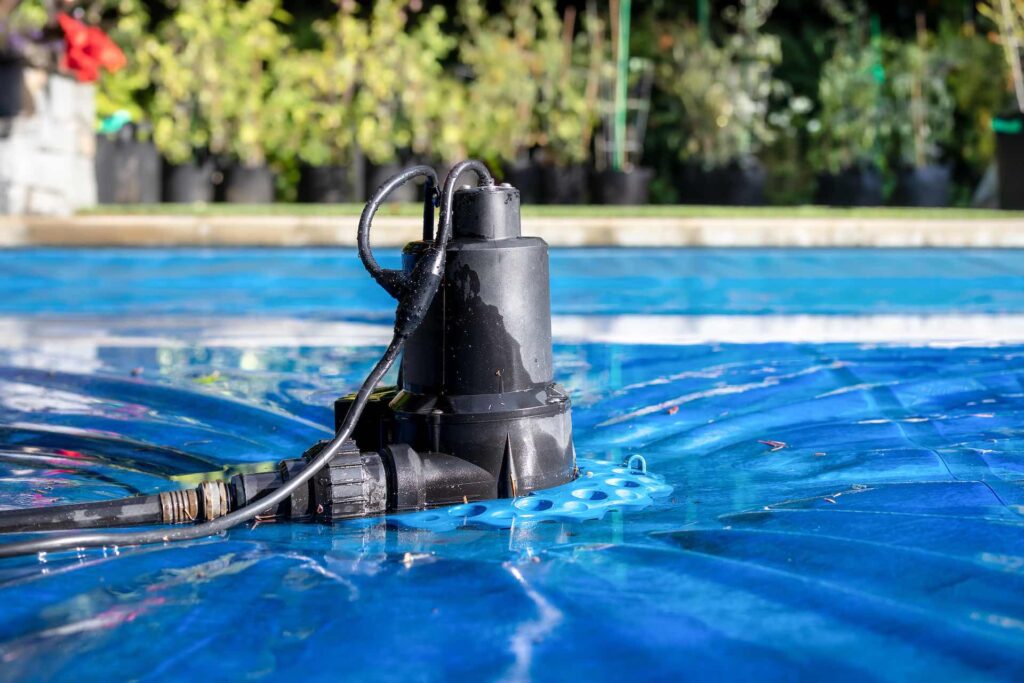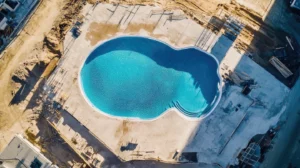Swimming Pool Covers Pose Serious Safety Risks
Swimming pools provide a source of relaxation and enjoyment for individuals of all ages. In addition to the pleasure they offer, pools also carry inherent safety risks that require our attention and caution. Swimming pool covers are an important factor to consider for pool safety. These covers have multiple purposes, including maintaining water cleanliness and conserving energy, but they also present safety hazards that should not be overlooked.
This article discusses the safety risks that may be associated with pool covers and aims to inform pool owners and users about the importance of taking necessary precautions. We will examine the potential hazards of pool covers, including entrapment, entanglement, cover collapse, and slippery surfaces, with a particular focus on the safety of swimmers, especially children and pets.
What about the health risks of pool covers? Learn More About those Here
Here are five safety risks associated with swimming pool covers:
1. Drowning Risk Associated with Pool Covers
One of the most significant safety risks with pool covers is the potential for drowning. If a person, especially a child or pet, accidentally falls onto the pool cover and becomes trapped, they might not be able to escape. Pool covers can create a false sense of security.
This false sense of security can lead to complacency about pool safety measures, which is especially dangerous when it comes to children and pets.
It’s important for pool owners to be aware of these risks and take appropriate safety measures to prevent accidents.
2. Insufficient Weight Support Risk with Pool Covers
Many pool covers are not be designed to support the weight of a person or pet, especially if they are not specifically designed as safety covers. Attempting to walk or play on a pool cover can lead to the cover’s failure and cause falls into the pool.
It is essential to emphasize that pool covers should not be used as a substitute for proper pool safety measures. If a pool cover is not designed for weight support, it should never be walked or played on. Instead, it should be used strictly for its intended purpose, which is to keep the pool protected and clean when not in use.
Safety covers are designed with reinforced materials and secure anchoring systems to minimize the risk of entrapment and ensure the cover can withstand the weight.

3. Risk of Pool Cover Collapse
In regions with heavy snowfall or rainfall, pool covers might not be able to withstand the weight of accumulated snow or water, leading to cover collapse. This can be hazardous if someone is on or near the cover when it gives way.
Pool covers specifically designed to handle these conditions are typically made of stronger materials and have features such as pump or drainage systems to prevent water accumulation. Regular maintenance and removal of snow or excess water from the cover can also help reduce the risk of collapse.

4. Entrapment and Entanglement Risk with Pool Covers
Improperly installed or ill-fitting pool covers can create gaps or openings where a person, particularly a small child, could become entrapped or entangled. This can result in serious injuries or drowning.
Regular maintenance and inspections of pool covers are crucial to identify any potential safety issues promptly. Additionally, providing continuous supervision and implementing other pool safety measures can help minimize the risk of accidents, especially when children are around the pool area.
5. Risk of Slippery Surfaces
Pool covers can become slippery when wet or covered with debris, increasing the risk of slips and falls.
When the pool cover is wet or covered in debris, it can be challenging to maintain traction while walking, increasing the likelihood of accidents. Slips and falls on pool covers can lead to injuries such as sprains, fractures, or even head injuries if the person hits their head on the hard surface.
Conclusion about the Risks of Pool Covers
Overall, being proactive about pool safety and taking the necessary precautions can significantly reduce the likelihood of accidents related to pool covers. Remember that pool covers, while beneficial, should never be relied upon as the sole safety measure, and other safety practices should be in place to ensure a safe swimming environment for everyone.


